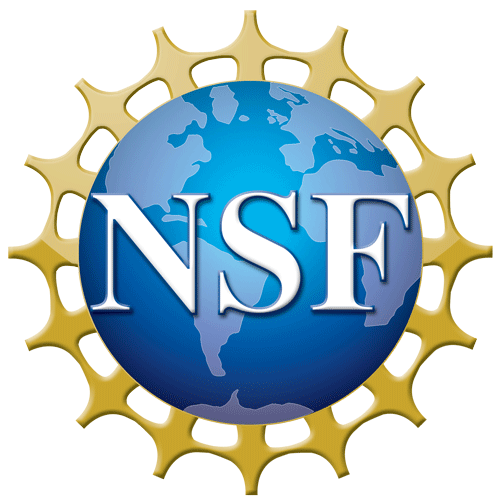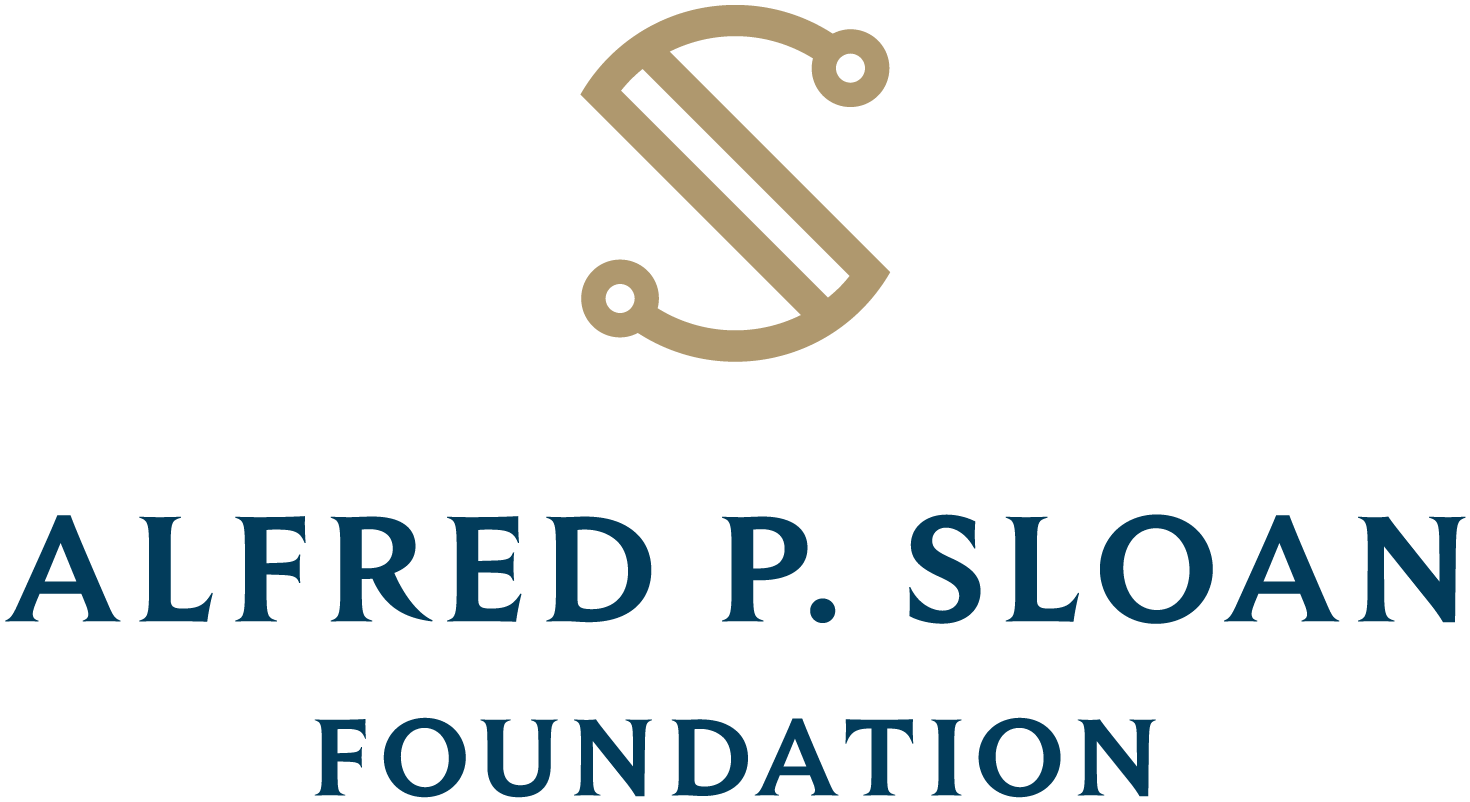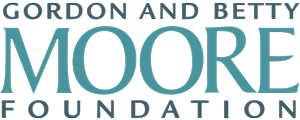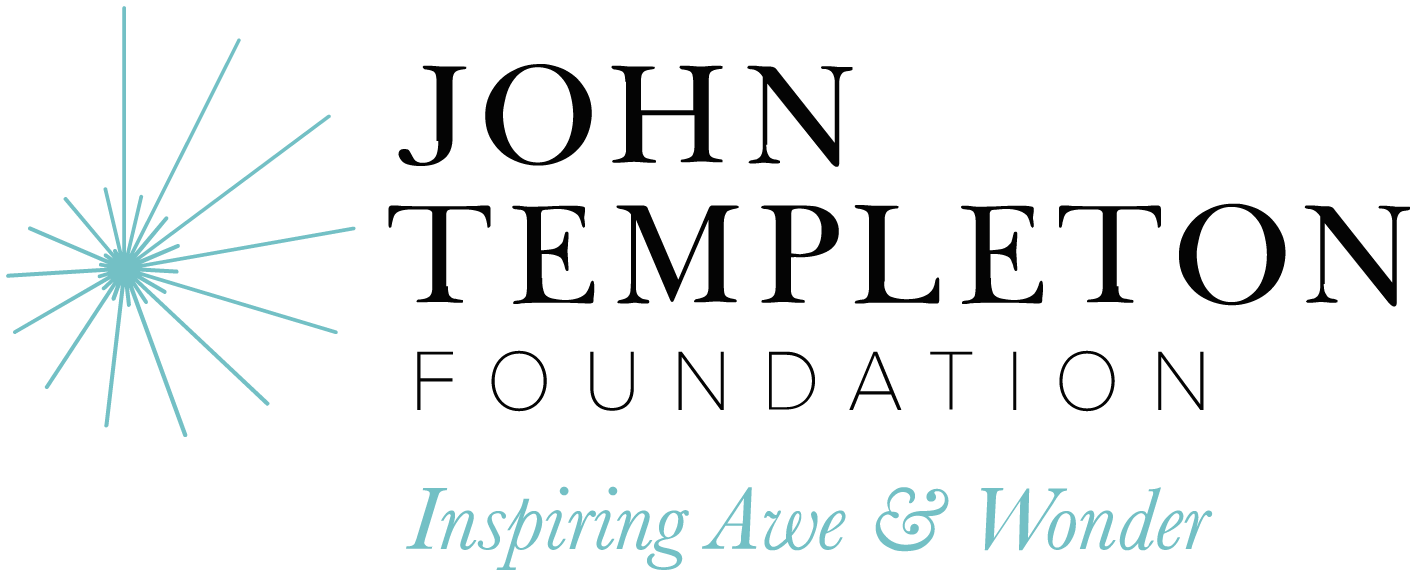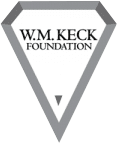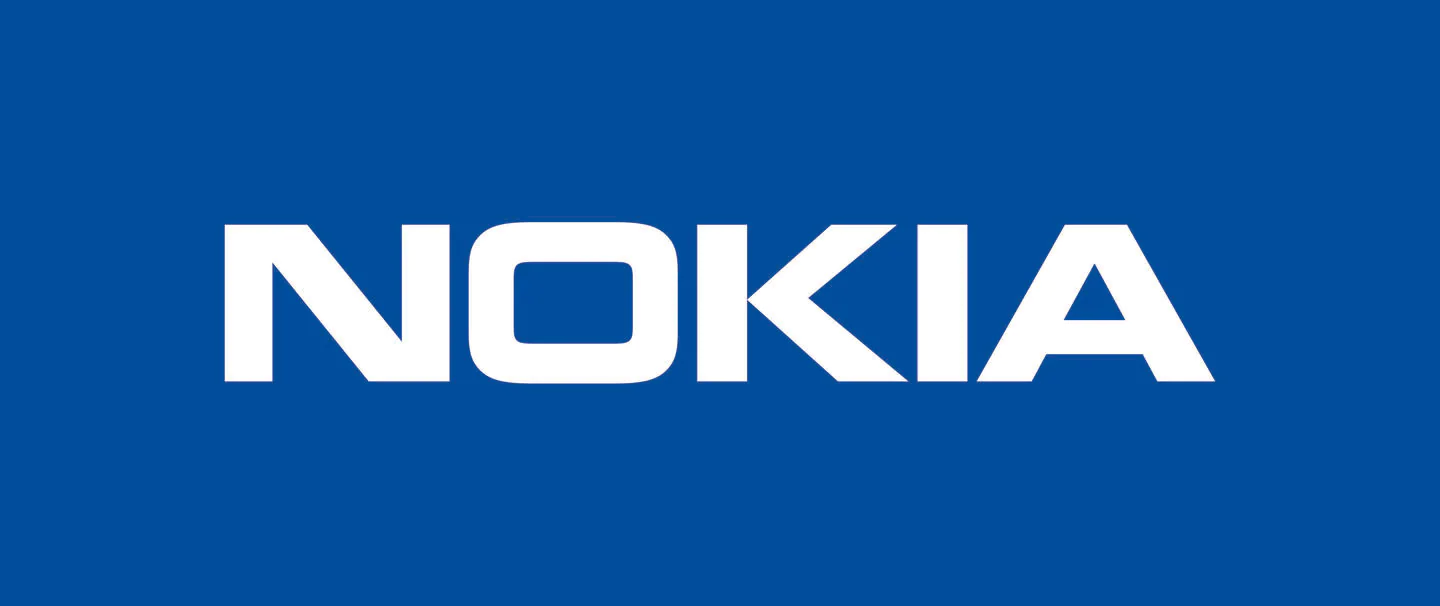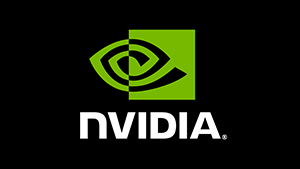Astronomers at the Space Telescope Science Institute and the Johns Hopkins University, both in Baltimore, Maryland, have created a new master catalog of astronomical objects called the Hubble Source Catalog. The catalog provides one-stop shopping for measurements of objects observed with NASA’s Hubble Space Telescope.

This graphic shows an example of how the Hubble Source Catalog was constructed for a small part of the Hubble Deep Field. The catalog includes data from 76 separate images for the same region. Only three of these original images are shown on the left: one taken in orange light by the Wide Field Planetary Camera 2 (top); one taken in blue light by the Advanced Camera for Surveys (middle); and one taken in infrared light with the Wide Field Camera 3 (bottom). Note that the “sources,” or objects, in each original image are not perfectly aligned with the final position from the Hubble Source Catalog (the pink circles). Specially developed software had to shift all the images slightly to align the sources before making the final version of the catalog.Image Type: Astronomical/Annotated
Credit: NASA, B. Whitmore (STScI), and the Hubble Source Catalog Development Team
“The Hubble Source Catalog is arguably the Hubble Space Telescope’s ultimate legacy,” said Tamas Budavari of the Johns Hopkins University, IDIES affiliate and member of the Hubble Source Catalog development team. “Not only is it a one-stop shop, but it’s the first place to go. It’s the table of contents for and the summary of most Hubble observations. If a zillion investigators pointed Hubble in the same direction at their region of interest in different wavelengths, now we have taken all of those observations and put them together into a compilation of the measurements for all objects within that region.”
Hubble has amassed a rich legacy of images and other scientific data over its 25 years of exploring the universe. All of the images are stored in the computer-based Barbara A. Mikulski Archive for Space Telescopes (MAST), which astronomers use for their research. The archive is bursting with more than a million images, which contain roughly 100 million small sources ranging from distant galaxies to compact star clusters to individual stars. For astronomers, however, a major challenge is the difficulty involved with sifting through the archival gold mine to collect the data they want to analyze. The Hubble Source Catalog now allows astronomers to perform a computer search for characteristics of these sources, receiving information within seconds or minutes.
Join Hubble scientists during a live Hubble Hangout discussion about the Hubble Source Catalog at 3pm (EDT) on Thurs., March 19 to learn more.
Read the full story on the HubbleSite.
